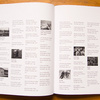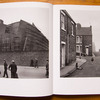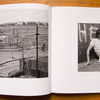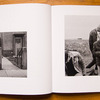Review: Arbeit / Work by Chris Killip
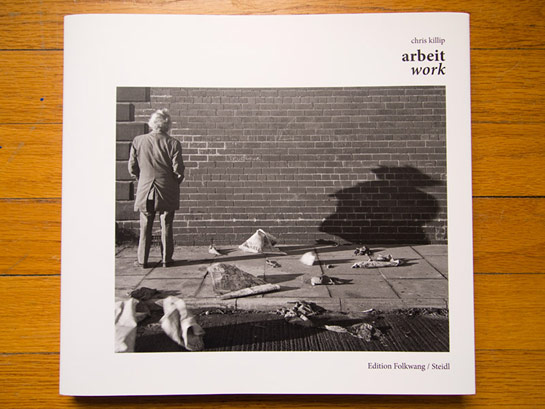
Produced at the occasion of a retrospective at the Museum Folkwang in Essen, Germany, Arbeit / Work by Chris Killip is of course that, a collection of the photographer’s work. But it is also more. It is a (timely?) reminder what a photographer working as a documentarian can do. We have tied ourselves into tight knots, arguing about truth and reality in photographs, about whether or now documentary photography has to be truthful or not. But we also have lost sight of what documentary photography can achieve when it is well done. (more)
I’m not going to talk about the relationship of reality and/or truth in photography here. Much has been said already, undoubtedly much more will be said. There are academic careers at stake, there are mouths to be fed. I am going to say this, though: There is a lot of truth in the photographs in this book, at the very least Chris Killips’ truth. And even if you were to point out that that was just some artistic truth, then that’s still a lot more than what these days can be found in our newspapers (or what’s left of them) or on all those websites that pretend to deliver us the news.
There is more at stake here, namely the state of our world, and if you find that too grandiose a statement then the state of our country or county or city or neighbourhood. The number of “stories” (as we now call issues or topics) has not decreased, yet our willingness to engage with them has. We love to think of how photography has lost its power, how photography is unable to convey what we’d love it to convey. But has anyone actually looked at, for example, Chris Killip’s photographs from the north east of England? There is no power in these photographs? These photographs don’t very eloquently and elegantly tell a story?
Of course, we’re dealing with the somewhat recent past here, a generation or so removed. Yet here we are, either just (barely) coming out of the worst recession in a few generations or actually moving back into it - and all we’re doing is having debates about truth and/or reality in photography?
There are various wars going on, there are popular uprisings in many countries in the Middle East. Yet everybody has convinced themselves that the most poignant images show sleeping soldiers, and we’re debating the merits of Instagram/Hipstamatic. Can someone explain this to me, please?
Maybe it’s time to step back a little and to look at what photography can do - instead of talking about what it can’t do, or talking about how we can glitz it up. Arbeit / Work provides an excellent opportunity to do so.
Arbeit / Work, photographs by Chris Killip, essay by David Campany, 136 pages, Steidl, 2012

